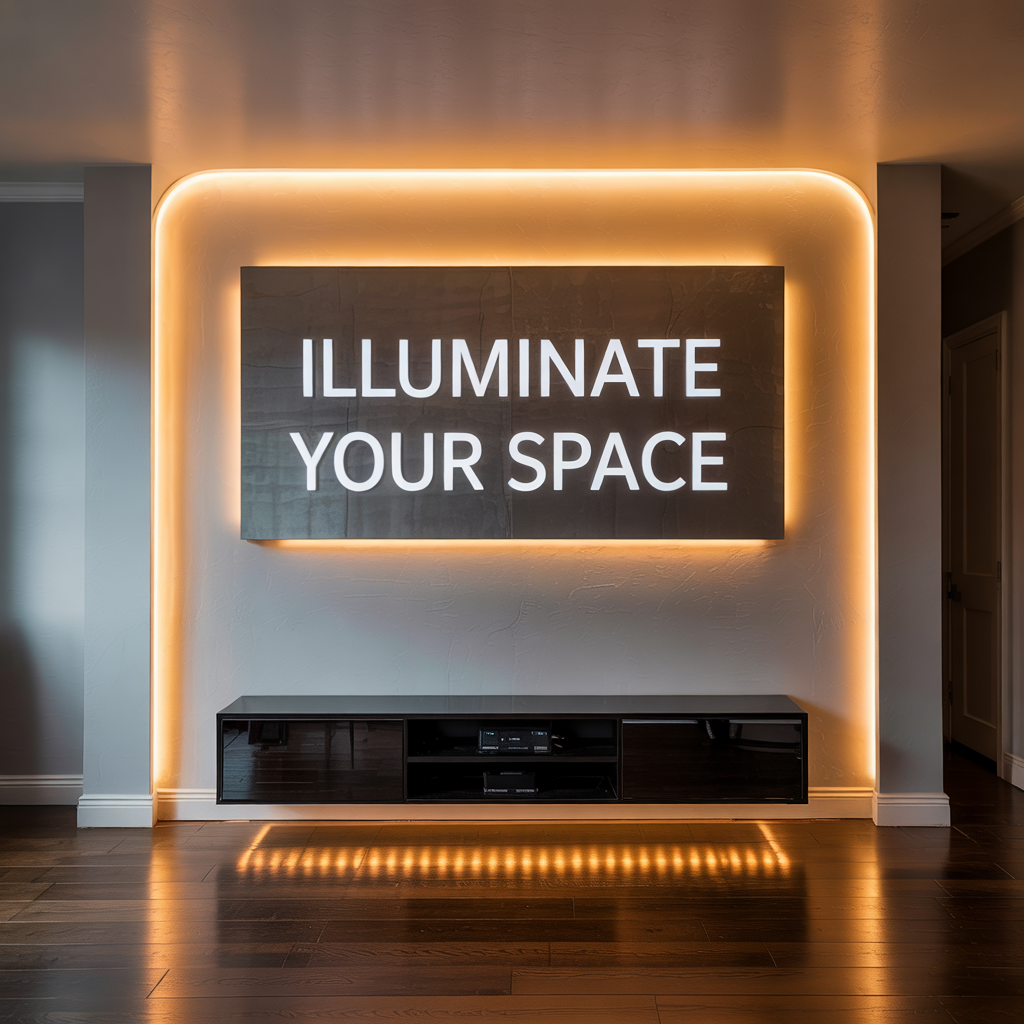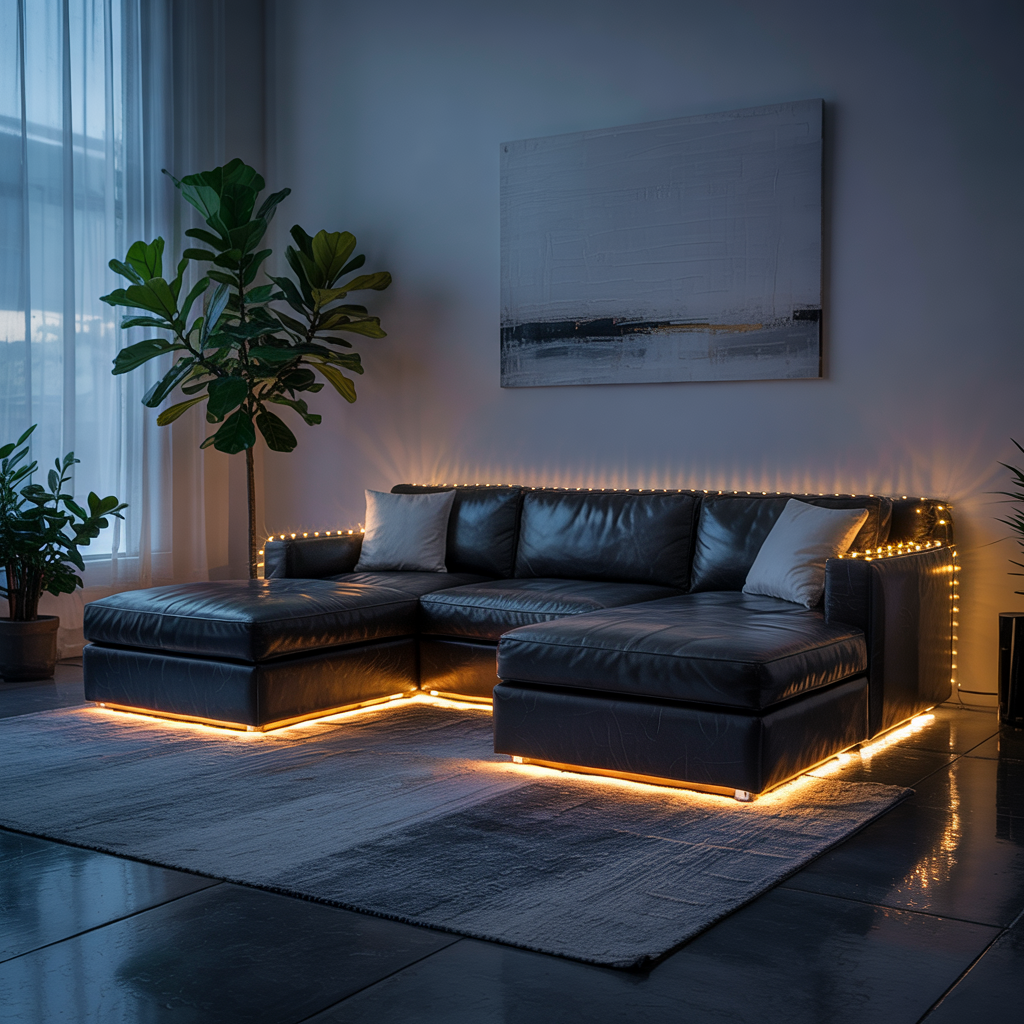Decoding The Mystery: What Does LED Light Stand For?
Have you ever wondered about the tiny lights that illuminate our screens, brighten our homes, and power our gadgets? These energy-efficient marvels are everywhere, and understanding them is surprisingly fascinating. This comprehensive guide delves deep into the question: What does LED light stand for? We’ll explore its meaning, its technology, its advantages, and its impact…
Have you ever wondered about the tiny lights that illuminate our screens, brighten our homes, and power our gadgets? These energy-efficient marvels are everywhere, and understanding them is surprisingly fascinating. This comprehensive guide delves deep into the question: What does LED light stand for? We’ll explore its meaning, its technology, its advantages, and its impact on our daily lives. You’ll learn about its applications, comparisons with other lighting technologies, and even delve into some potential drawbacks. Let’s shed light on this illuminating topic!
LED stands for Light Emitting Diode. A diode is a semiconductor device that allows current to flow in only one direction. When an electric current passes through an LED, it emits light. This light emission is a result of electroluminescence, a process where the recombination of electrons and holes within the semiconductor material releases energy in the form of photons (light particles).
What Does LED Light Stand For?
The Science Behind LED Lighting

LEDs are composed of a semiconductor material, typically gallium arsenide or gallium nitride, sandwiched between two layers of different types of materials. When a voltage is applied, electrons flow from the negatively charged layer (n-type semiconductor) to the positively charged layer (p-type semiconductor). The meeting of these electrons and “holes” (the absence of electrons) results in the emission of photons, producing light. The color of the emitted light depends on the specific semiconductor material used.
Read More: What LED Color Helps with Sleep? Finding The Right Wavelength For Better Rest
Types of LEDs and Their Applications
Different Colors and Wavelengths
LEDs are available in a wide range of colors, from warm white to cool white, and even vibrant reds, greens, blues, and more. This versatility is achieved by manipulating the semiconductor material’s composition. For example, adding different elements can shift the wavelength of emitted light, producing different colors. The wavelength is directly related to the energy of the photons produced and therefore the color of the light.
High-Power LEDs vs. Low-Power LEDs
LEDs come in various power ratings, from very low power indicators in electronic devices to high-power LEDs used in automotive headlights or large-scale lighting installations. High-power LEDs often require special heat sinks to manage the heat generated during operation. The higher the power, the more light they produce, but also the more heat they generate.
Advantages of LED Lighting

Energy Efficiency: A Major Benefit
LEDs are exceptionally energy-efficient compared to traditional incandescent bulbs or even compact fluorescent lamps (CFLs). They convert a much higher percentage of electrical energy into light, resulting in significant energy savings and reduced electricity bills. This is because LEDs generate light directly, while incandescent bulbs produce light through heat, which is inefficient.
Read More: Can You Cut Govee LED lights? A Comprehensive Guide
Longevity: A Long-Lasting Investment
LEDs have an exceptionally long lifespan compared to other lighting technologies. While incandescent bulbs typically last for a few thousand hours, LEDs can last for tens of thousands of hours, minimizing the need for frequent replacements and reducing waste. The reduced frequency of replacement also contributes to lower long-term costs.
Durability and Robustness
LEDs are known for their durability and resistance to shocks and vibrations. Unlike fragile incandescent bulbs, LEDs can withstand significant impacts without breaking, making them ideal for various applications, including outdoor lighting and harsh environments.
Limitations and Drawbacks of LEDs
Heat Generation
While LEDs are energy-efficient, they do generate some heat during operation. High-power LEDs, in particular, produce significant heat and require effective heat sinks to prevent overheating and maintain their lifespan. This heat can be a concern in enclosed spaces or sensitive electronic devices.
Cost
While the long-term cost savings are significant, the initial cost of LEDs can be higher than that of traditional bulbs. However, the substantial savings on energy consumption and reduced replacement costs typically offset the higher upfront investment over the LEDs’ long lifespan.
Light Quality and Color Rendering
Although advancements have improved the quality and color rendering of LEDs, some issues remain. Certain LEDs may produce light with a less desirable color temperature or poorer color rendering index (CRI), which affects the appearance of colors. CRI is a measure of how accurately a light source renders the colors of objects compared to natural light. A higher CRI (closer to 100) indicates better color rendering.
Read More: High Ceiling Lighting Ideas: Transform Your Tall Spaces With Style
LED Lighting vs. Other Lighting Technologies
LEDs vs. Incandescent Bulbs
Incandescent bulbs produce light by heating a filament until it glows. This process is very inefficient and generates significant heat. LEDs are far more energy-efficient and have a much longer lifespan. While incandescent bulbs offer a warm, familiar light, LEDs now offer various color temperatures to mimic this warmth.
LEDs vs. CFLs
CFLs (Compact Fluorescent Lamps) are more energy-efficient than incandescent bulbs but less so than LEDs. CFLs also contain mercury, which is hazardous and requires special disposal procedures. LEDs offer superior energy efficiency, longer lifespan, and are mercury-free.
LEDs vs. OLEDs
OLEDs (Organic Light Emitting Diodes) are a different type of light-emitting technology that offers exceptional image quality and flexibility. However, OLEDs are generally more expensive than LEDs and have a shorter lifespan.
Applications of LED Lighting
Residential Lighting
LEDs are widely used in homes for various lighting applications, including general illumination, accent lighting, and task lighting. Their energy efficiency, long lifespan, and various color options make them a popular choice for residential settings.
Commercial Lighting
LEDs are increasingly common in commercial spaces due to their energy efficiency, reducing operating costs significantly. Offices, retail stores, and industrial facilities all benefit from the cost-effectiveness and long-term reliability of LED lighting.
Automotive Lighting
LEDs are revolutionizing automotive lighting, offering brighter, more energy-efficient headlights, taillights, and interior lights. Their small size and ability to be precisely controlled allow for advanced lighting features such as adaptive headlights.
Outdoor Lighting
LEDs are well-suited for outdoor lighting due to their durability and resistance to harsh weather conditions. Streetlights, landscape lighting, and security lighting are increasingly employing LED technology.
Setting Up and Installing LED Lighting
Choosing the Right LEDs
When selecting LEDs, consider factors like power rating (lumens), color temperature (Kelvin), CRI (color rendering index), and lifespan. Choosing LEDs appropriate for your specific needs ensures optimal performance and longevity. Different types of LEDs have distinct features and purposes.
Installation Techniques
Installing LEDs is generally straightforward, but specific techniques vary depending on the type of LED fixture. Some LEDs can be directly screwed into existing sockets, while others may require more complex wiring. Always follow the manufacturer’s instructions for safe and proper installation.
The Future of LED Technology
Advancements and Innovations
LED technology continues to advance, with ongoing research focused on improving efficiency, color rendering, and lifespan. New materials and designs are constantly being developed to enhance the performance and capabilities of LEDs.
Environmental Impact
The widespread adoption of LED lighting has a significant positive environmental impact due to its energy efficiency. Reducing energy consumption helps to lessen our reliance on fossil fuels and minimize greenhouse gas emissions.
Cost Reduction Trends
As LED production increases and manufacturing processes become more efficient, the cost of LEDs is likely to continue decreasing, making them even more accessible and affordable for consumers.
Frequently Asked Questions
What is the difference between warm white and cool white LEDs?
Warm white LEDs have a lower color temperature (around 2700-3000 Kelvin), producing a yellowish light similar to incandescent bulbs, creating a cozy ambiance. Cool white LEDs have a higher color temperature (around 5000-6500 Kelvin), producing a bluish-white light, often preferred for task lighting.
How do I dispose of old LEDs?
LEDs generally do not contain hazardous materials in the same way CFLs do. However, it’s still best to check with your local waste management facilities to find out the recommended disposal method in your area. Many recycling centers accept used LEDs.
Are LEDs dimmable?
Many LEDs are dimmable, but it’s essential to use compatible dimmers. Using an incompatible dimmer can damage the LEDs or cause flickering. Check the LED and dimmer specifications to ensure compatibility.
What is the lifespan of an LED?
LEDs typically last for 25,000 to 50,000 hours or more, depending on the quality and operating conditions. This is significantly longer than other types of lighting.
Final Thoughts
Understanding what LED stands for – Light Emitting Diode – is just the beginning of a fascinating exploration into the world of advanced lighting technology. From its energy efficiency and extended lifespan to its diverse applications, LEDs are transforming how we illuminate our homes, businesses, and cities. While there are some limitations to consider, the overall benefits of LEDs are undeniable. Their environmental impact, cost savings, and versatility make them a smart choice for lighting needs of all kinds. The continuous innovation in LED technology promises even brighter and more efficient solutions in the future. By making informed choices about your lighting, you can contribute to a more sustainable and energy-conscious future. So, illuminate your world with the power of LEDs!

